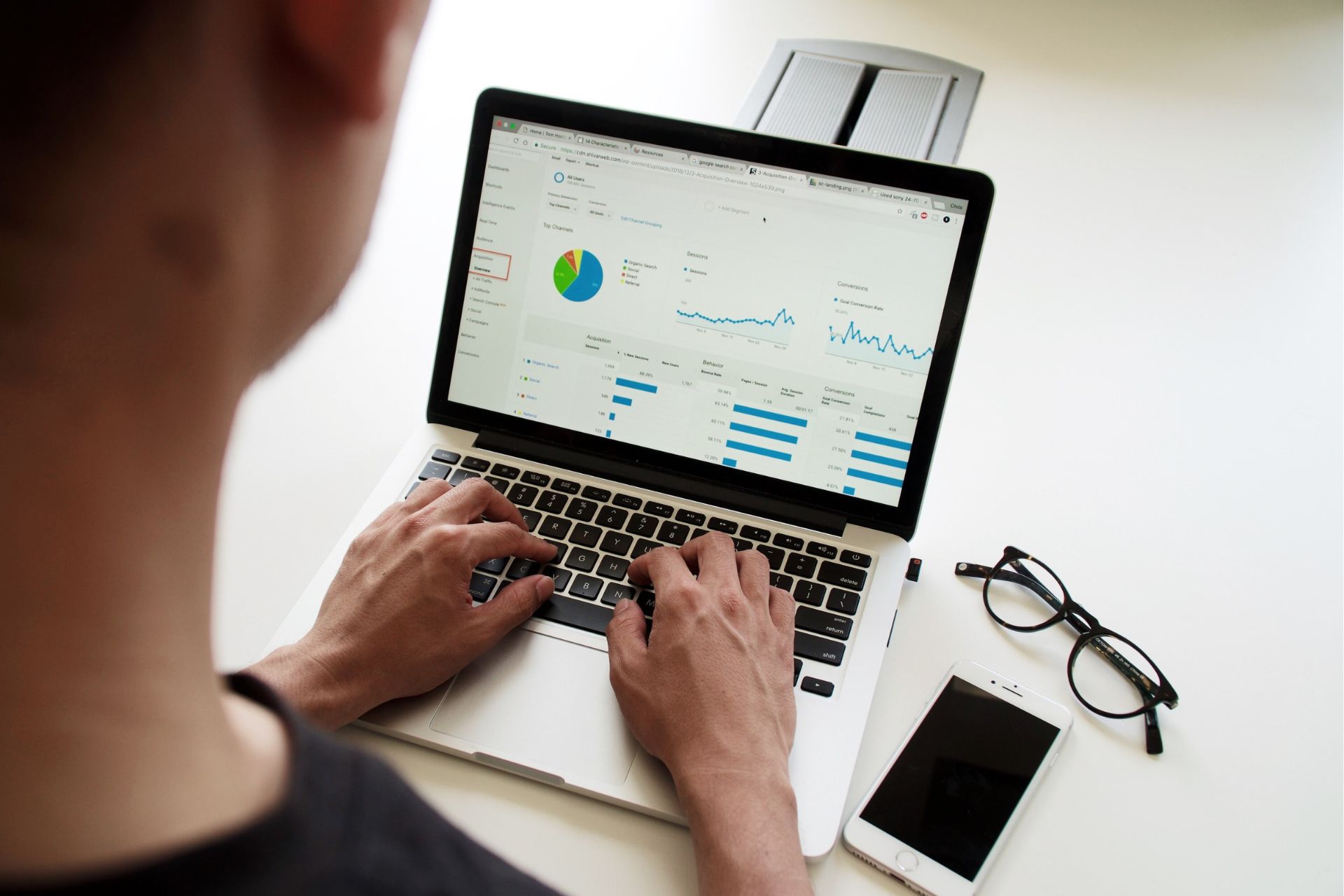
We are a reader-supported education publication. When you buy through links on our site, we may earn an affiliate commission to help us keep providing content.
The term “big data” might seem confusing or complex to the average person. However, it’s becoming an increasingly popular concept across industries, and the education sector is no exception. But what do people mean when they say “big data,” and what is the role of big data in education?
What is Big Data?
Big data refers to large and diverse data sets that scientists and engineers can analyze and structure to gather valuable insights from. These insights can eventually lead to better decision-making. For example, companies can use big data to speed up business processes, detect patterns in cybersecurity, improve communication and much more.
The big data market is expected to hit more than $273 billion by 2026, which is only a few years way. Major companies like IBM, Microsoft and Meta leverage big data to improve their product offerings, improve internal operations and increase efficiency within their organizations.
The Role of Big Data in Education
As stated above, large organizations can leverage big data for several purposes. However, colleges and universities, if you think about it, gather massive amounts of data, too. Therefore, big data in education is becoming increasingly discussed in the K-12 and higher education sectors.
Big data can have a significant impact on the education system. It can improve teaching outcomes, facilitate better student outcomes and enhance administrative tasks and management of schools. Below are some of the ways big data is being used in the education field.
Personalized Learning
Personalized learning is a hot topic in education right now. Students’ needs are evolving, and educators must tailor their teaching methods to them. Big data can assist teachers personalize learning experiences for students based on their interests and abilities, rather than teaching one standard curriculum. Not only can this help students succeed academically, but they’ll also feel more engaged in their learning.
Curriculum Development
Big data also enables teachers to develop more robust curricula using online resources, e-books, textbooks, school software and learning management systems (LMS). With big data, instructors can spend less time developing effective lesson plans and spend more time in the classroom supporting their students and their students’ families.
Resource Allocation
Aside from learning or teaching outcomes, big data analytics can also help educational institutions use their resources more effectively. For example, colleges can use analytics to determine which courses most students enroll in, and eliminate the courses that are no longer necessary. Based on these data-driven decisions, schools can do a better job of allocating resources appropriately.
Predictive and Learning Analytics
Last bit not least, schools can deploy predictive and learning analytics solutions to better understand various metrics, such as poor student performance or dropout rates. When schools can determine the root cause of these issues, they can rectify them more efficiently. Suppose a school uses learning analytics to determine why a number of students in one class do not perform well. In that case, administrators may need to have a discussion with the professor or teacher to figure out the best course of action moving forward.
Expect More Big Data in Education Moving Forward
Big data in education is expected to become commonplace, especially as more technologies emerge in the coming years. The tech-driven education system means that more data is collected and gathered than ever before, but how can schools make sense of that data?
The simple answer is big data analytics. Expect more institutions to adopt big data solutions to make important decisions regarding their faculty, students and parents.









